IT’S 2024, Valentine’s Day. Happy Valentine’s to everybody, even if you are single because the important thing is to love yourself.
Filipinos worldwide are known to be hopeless romantics. And why not? The best love stories in the world come from tales and experiences as told by the Filipino heart.
So why don’t we turn back the pages of time, and let us take a look at how Juan dela Cruz, from the early days of “harana” transformed into the digital dating Filipino of today?
A Filipino courtship
Perhaps you may have heard from your grandparents or great-grandparents. The perennial “back in the old days” type of story.

Fascinating as it may sound but Filipino males need to prove themselves by chopping wood, fetching water, and singing or “harana.”
Traditional, but it worked for your grandparents and ours.
Millennial couple Carl Corilla and Maedelle Vargas, who have been together for 11 years, are set to ring the wedding bells and exchange their vows this year. But before entering the next chapter of their lives as a couple, the two sweethearts took republicasia back to the day destiny aligned their paths.
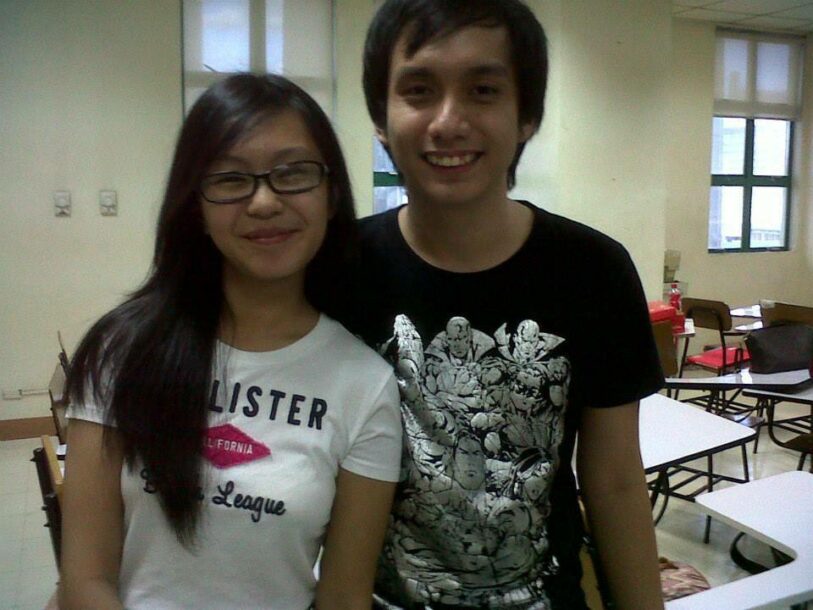
Corilla and Vargas started as orgmates in their university, where the former was a newspaper cartoonist and the latter was a news writer.
One night, Corilla was asked by his orgmates about who among the newcomers caught his attention. The cartoonist was supposed to answer Vargas, but he felt it would be awkward between them so he said another person’s name. Corilla, however, managed to gather strength to become honest with his answer and told Vargas over a chat that it was actually her that made him turn his head.

“‘Di siya nagreply. So kinabahan ako kasi feeling ko nailang na siya. So I called her habang kinakabahan ako. Sabi nya nawalan lang sya internet pala. And then the next day, naging constant na kami magkausap,” he recalled.
Corilla and Vargas frequently talked and bonded with each other, until one day, the newspaper cartoonist personally confessed his feelings for the news writer and asked her to be his official girlfriend using the sixth edition of the “Harry Potter” book series in Luneta.
“I told her na if we wanna reach the ‘Unbreakable Vow’ chapter, let’s start na with Chapter 1. She said yes that night,” he narrated.
Back then, people met through family, friends, or events, but with the rise of technology and the internet, they found other ways to widen their reach and have instant communication.
Courtship under the digital age
In today’s fast-paced and technologically evolved world, dating apps provide a unique platform for people to meet, engage, and maybe find life companions.
Patricia Dumolong, a 23-year-old Generation Z, has firsthand experience with a dating app and was able to discover her current boyfriend using the platform during the peak of the pandemic.
“Bali, Pandemic pa hindi pa bumabalik ‘yung face-to-face setup sa classes, and hindi pa ganun kaluwag lumabas-labas. And ayun, nag-install ako ng Bumble,” Dumolong shared with republicasia.

“Siguro nga dahil ayun, nakakulong lang ako sa bahay pandemic eh, pero gusto ko kasi kumilala ng mga new faces, na syempre mayroong halong love interest,” she continued.
Dating applications have helped to challenge societal stigmas and taboos around online dating. As these platforms gain popularity, the perception of meeting someone online has transformed from unorthodox to a widely acceptable manner of finding love.
This has encouraged people to be more upfront about their use of dating apps, resulting in a more welcoming and inclusive dating culture.
But how exactly did courtship begin in the country?
Courtship in the Philippines
Courtship, locally known as “panliligaw,” is the period where two individuals get to know more about each other before engagement and marriage. Traditionally, a man does the courting, while a woman decides whether or not to accept the proposal.
The practice of courtship in the Philippines has been existing since pre-colonial times, according to anthropologist and senior lecturer at the University of the Philippines (UP) Open University Hanna May Rosario.

During pre-colonial times, Rosario said that it was actually women who initiated courtship, but when Spaniards came to the country, the ways of how Filipinos court one another changed mainly because of the reinforcement of gender roles.
“Before, yung mga women ang siguro superior in a way kasi they actually initiated courtship before. And since dumating yung mga Spanish [colonizer], nakita nila na, ‘Oh bakit yung women dito parang immodest?’ Kasi very aggressive ang mga women before ng Philippines,” said the research analyst.
According to Rosario, Spaniards used Christianity to implement gender roles among Filipinos.
“Yung mga babae, tinuruan na silang maging simple, modest, patient, tapos yung mga lalaki naging mas righteous, for justice,” she stressed.
It was during the Spanish era that the long process of courtship became prominent. This was also what set the Filipinos’ way of courtship apart from other cultures.
“‘Yun yung unique sa’tin, yung duration, kasi with those gender roles natuto yung mga girls na parang be quiet lang, hindi dapat sila magpakita ng mga emotions. Kung gusto nila yung guy, dapat hindi nila ipakita ‘yon,” Rosario said.
She added, “Nagkaroon din tayo ng body languages lang yung pwede. Hindi mo talaga directly dapat sabihin sa kanila na, ‘Uy, gusto kita,’” Rosario said.
Even men couldn’t say right away that they wanted to court women. Some of them started by gaining the attention of the girl they liked by “teasing” her or going on informal meet-ups first. They would then introduce themselves to the women’s parents and ask permission before they could pursue their daughters.
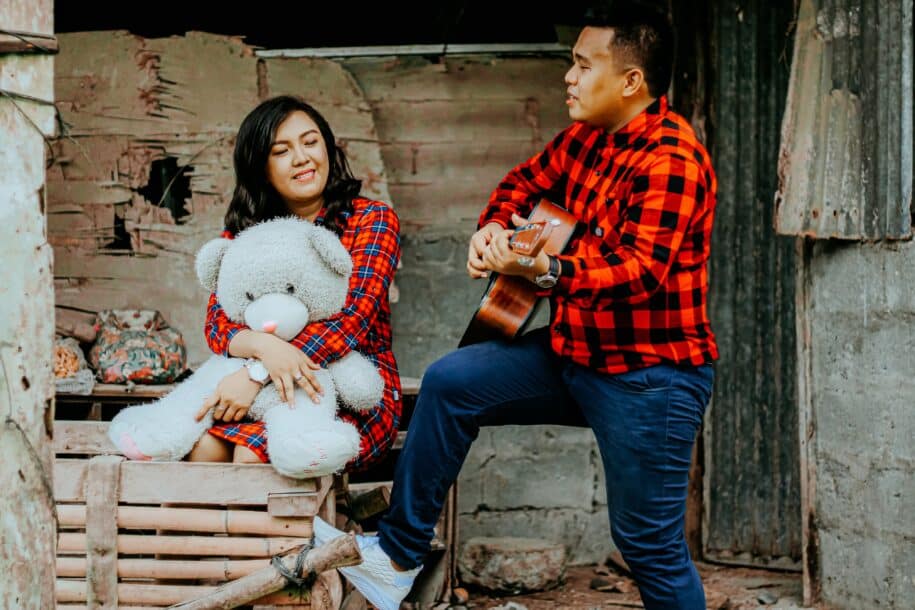
Filipinos had different types of courtship in the past years. There was this riddle courtship or “Pasaguli” where the suitor delivers love riddles, the popular “harana” where the man serenades the woman underneath her window, the “paninilbihan” or act of servitude which was done at the woman’s home to show the man’s loyalty and sincerity, and sending love letters through a close relative or a friend of the woman whom the man adores, among others.
If things work, the two may opt to take their relationship to another level through “pamamanhikan” where the man’s family visits the woman’s family to formally ask her hand in marriage.
Courting the woman’s family is also another unique thing about Filipino courtship.
“Unlike with Western culture na directly talaga sila with the person, dito kailangan yung manliligaw mo, i-i-impress din nila yung family nung girl,” Rosario said.
Changes in Filipinos’ courtship
The culture of Filipino courtship and dating has undoubtedly changed over time.
In today’s era, men aren’t the only ones who pursue the person they like because even women can now profess their romantic feelings to the guy they adore. Not to mention, members of the LGBTQIA+ community have also been vocal about their feelings.
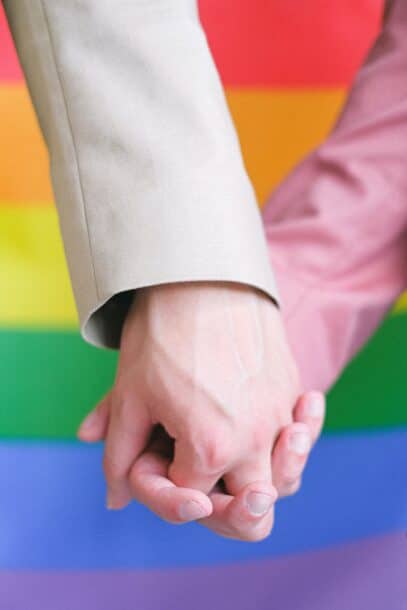
Rosario highlighted that such changes create a positive impact by breaking dating stereotypes.
“Yung gender roles natin, actually, nag-change na siya kasi before usually, mga men talaga yung [nagpu-pursue] sa women. Pero ngayon may instances na girls na yung nanliligaw. Actually, magandang trend kasi we’re breaking stigmas already,” she emphasized.
The rise of dating applications and social media apps has undeniably altered the courtship in the Philippines.
These applications have become an essential aspect of modern life, revolutionizing how people meet and develop relationships online.
Aside from meeting new people, dating applications also give validation to users like Dumolong.
“May part din sa akin noon na naghahanap ng validation. Alam mo ‘yun, kung meron pa bang interested sa akin, kasi ang tagal ko rin nakulong sa bahay,” she said.
Dating apps have become a significant part of the dating culture in our generation.
Their accessibility, ability to change social dynamics, emphasis on individuality and compatibility, involvement in stigma reduction, and impact on traditional courting rituals all contribute to their importance.
In terms of method, the idea of traditional courtship did not fully disappear but only evolved in the modern era with the touch of technology. For example, the famous “harana” could now be done through busking, doing song covers, or sending a Spotify playlist.
The sincerity behind modern courtship
Modern courtship has experienced a tremendous transformation, shaped by society’s ever-changing dynamics, technology, and personal opinions.
In the age of swipes and rapid connections, the genuineness of modern romance is worth looking into.
The genuineness of modern courting can be jeopardized when the drive to impress or adhere to society’s standards takes precedence over genuine self-expression. Balancing the need for self-presentation and sincerity has become an important part of modern romance.
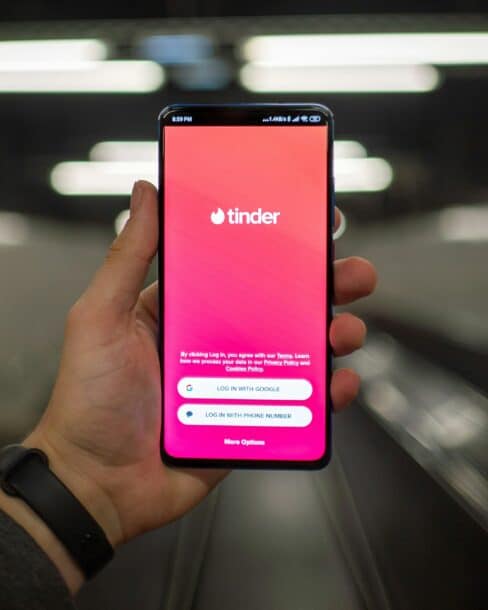
The question is, how genuine are these digital personas?
Rosario believes that sincerity is difficult to quantify because the scale used to analyze an individual’s personality is subjective.
“Yung sincerity na ‘to kasi, I think it really depends on how we define, and how we measure ‘sincerity.’ Before siguro, ‘yung sincerity makikita mo siya with men giving you time and effort, ayun nga ‘yung paghaharana, pagsisilbi,” she explained. “Pero today kasi, iba na ‘yung ways of being sincere, na kahit online na, it still transcends into the physical world ‘di ba?”
“I really think na ‘yung sincerity, nandun pa rin naman siya, pero nagta-transform lang talaga siya into a different form kasi hindi naman tayo mag-i-stay with everything na nakagisnan natin,” the anthropologist continued.
Corilla agreed with this and said that people should start embracing modern ways of courtship.
“Nag-e-evolve ang culture, hindi siya stagnant sa traditional ligaw lang. Kailangan na natin tanggapin na ito na yung normal in terms of panliligaw na gumagamit na ng technology, nag-uusap na via chat, nagme-meet na ng other people via dating apps,” he said.
He also mentioned that he knew some individuals whose relationship went well despite meeting their other half online. He encouraged others to remove the stigma from online dating, such as the negative notion that people who use dating apps only want to hook up.
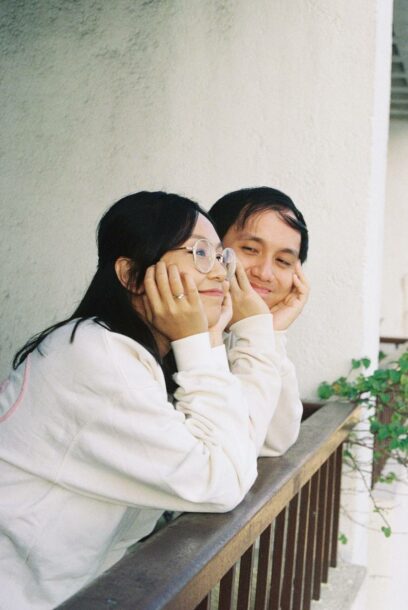
Corilla stressed that every user has different intentions of using dating apps.
“Marami na akong nakilala na doon [dating apps] nag-meet and okay naman yung naging relationship nila. Parang it comes down kung ano yung intention, feeling ko kasi intention nila is to meet someone for good, so ‘yun yung nangyari sa kanila,” Corilla shared.
“May mga nakilala rin ako na gumagamit non for fun and ayon, for fun lang din yung nakuha nila,” he added.
Meanwhile, Dumolong believes that sincerity, along with the changes that have occurred in our day, has changed in some aspects when compared to the old times we typically hear from the older generation.
“Masyadong malalim ‘yung sincerity eh, ang hirap ma-measure kung gaano ka-sincere ‘yung tao. Ayun ‘yung sinasabi nilang kagandahan dati. Kahit paghintayin mo ng matagal, kung talagang sincere ‘yung tao sayo, hihintayin ka talaga.”

Dumolong feels that genuine romance in the present day is possible with self-awareness, open communication, and a willingness to embrace vulnerability.
“Usually kapag courtship, we always tend to put our best foot forward. Syempre magpapasikat ka doon sa tao, magpapa-impress ka. Pero parang ang dali naman kasing pekein nun,” she said.
“Kumbaga parang ipapakita mo lahat ng good sides mo dun sa tao. Maganda ‘yun at first pero syempre in the long run, mas okay na pati mga bad sides alam mo rin agad,” she explained.
This demonstrates that by understanding and overcoming these issues, people may form meaningful connections in a continuously changing world.
Future of dating
Rosario believes that technology will still play a big role in Filipinos’ way of courting and dating now that more and more individuals have been using artificial intelligence (AI).
“With the advent of AI, feeling ko maaapektuhan niya talaga yung dating at some point kasi baka yung love poems na dating sinusulat talaga natin from the heart, ipagawa mo na lang sa Chat GPT,” she said.

While the fast evolution of technology could have advantages, the anthropologist noted that this could make building relationships trickier.
“Hindi ka na sure eh? Kunwari yung picture mo i-AI mo na lang sa ideal woman, ideal guy. So, hindi ka na sure kung siya ba talaga ‘to or AI,” she said.
She advised people to be more careful of individuals they meet online, especially since there have been recent cases of love scams.
“Mas madami kang makilalang tao, mas makikita mo yung options mo, wider reach. Magiging limitless na siya, pero we just have to be careful din kasi hindi mo sure kung siya talaga ‘yon,” Rosario emphasized.









